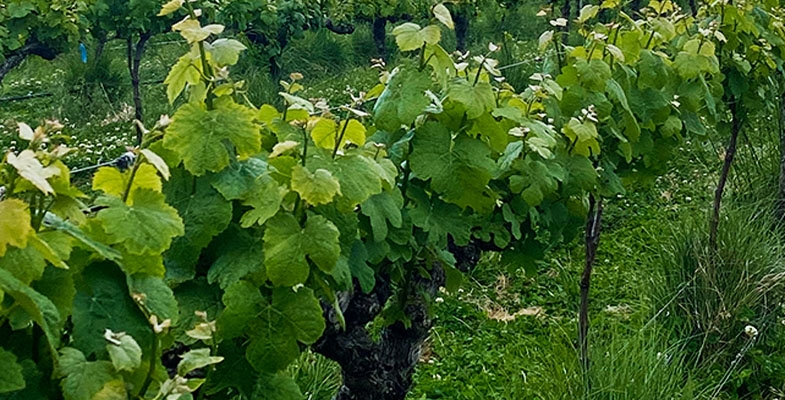We don’t tend to associate bats with winemaking except to consider that flying foxes or fruit bats might happily eat grapes. But microbats wouldn't – they're insectivores – so I was fascinated by an article in AgJournal, a supplement published in The Weekend Australian and taken from The Weekly Times. This featured a vineyard in the Strathbogie Ranges in Victoria which is one of several involved in a research project with University of New England (UNE).
The vineyard, a significant producer of 2,500 t of grapes per year, is Fowles Wines and the business mantra of proprietor Matt Fowles is ‘to farm in nature's image’. The partnership with UNE was triggered by his observations that the vines and fruit in locations with microbat populations were thriving and healthier than those elsewhere on the property.
The UNE research is led by Dr Xenon Czenze and Dr Heidi Kolkert whose research had already established that bats play a vital role in pest control in New England vineyards. Fowles Wine has more than a dozen acoustic detectors arranged around the vineyard, a significant bat-monitoring system, and also has a partnership with Euroa Arboretum, with insectariums established to catch and monitor insect comings and goings. Not all insects are bad, and information on the good ones is also essential! All this is capped by attention to and encouragement of the native flora, from bordering bushlands and forests to grasses growing beneath the vines to cool the soil and roots.

